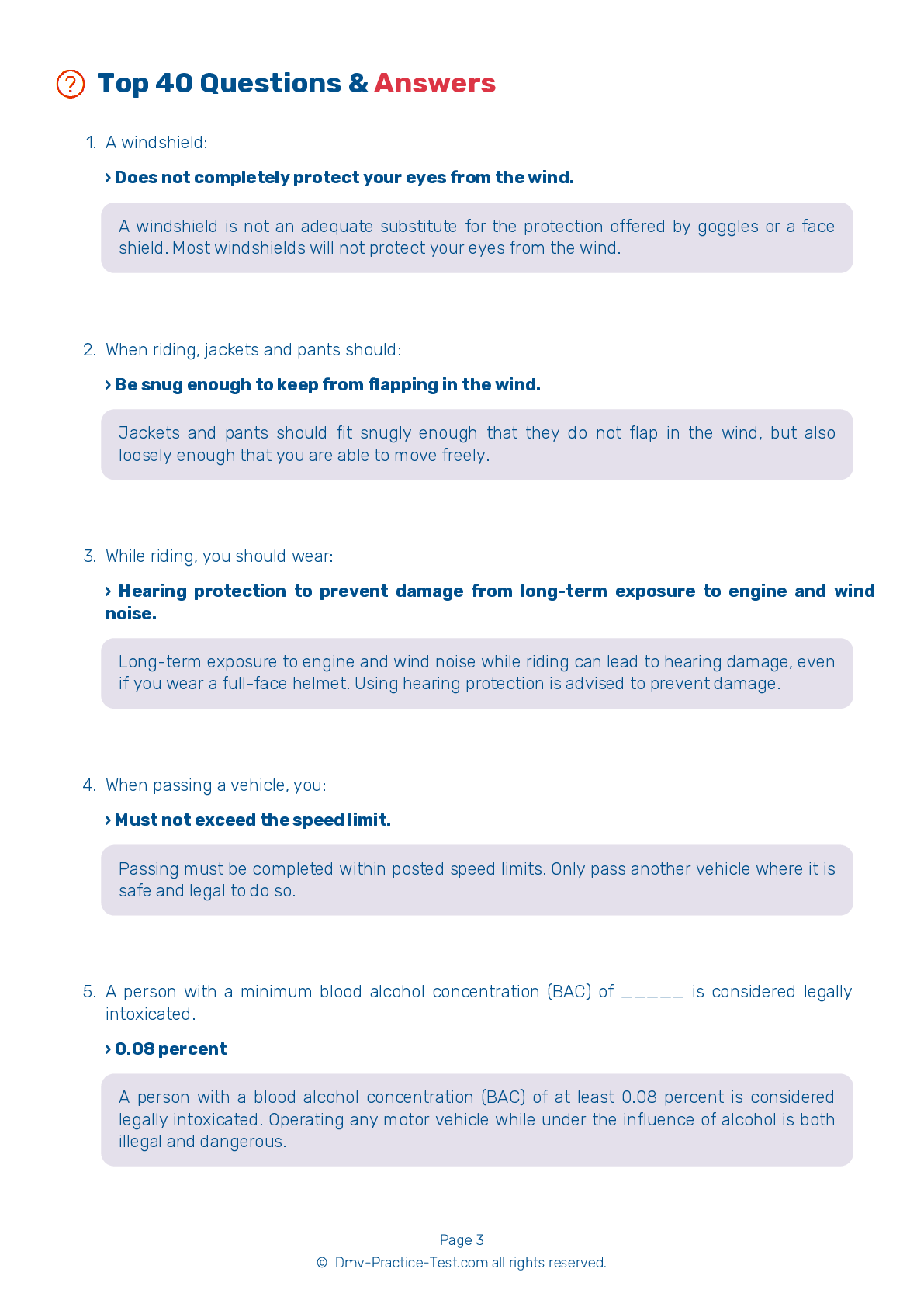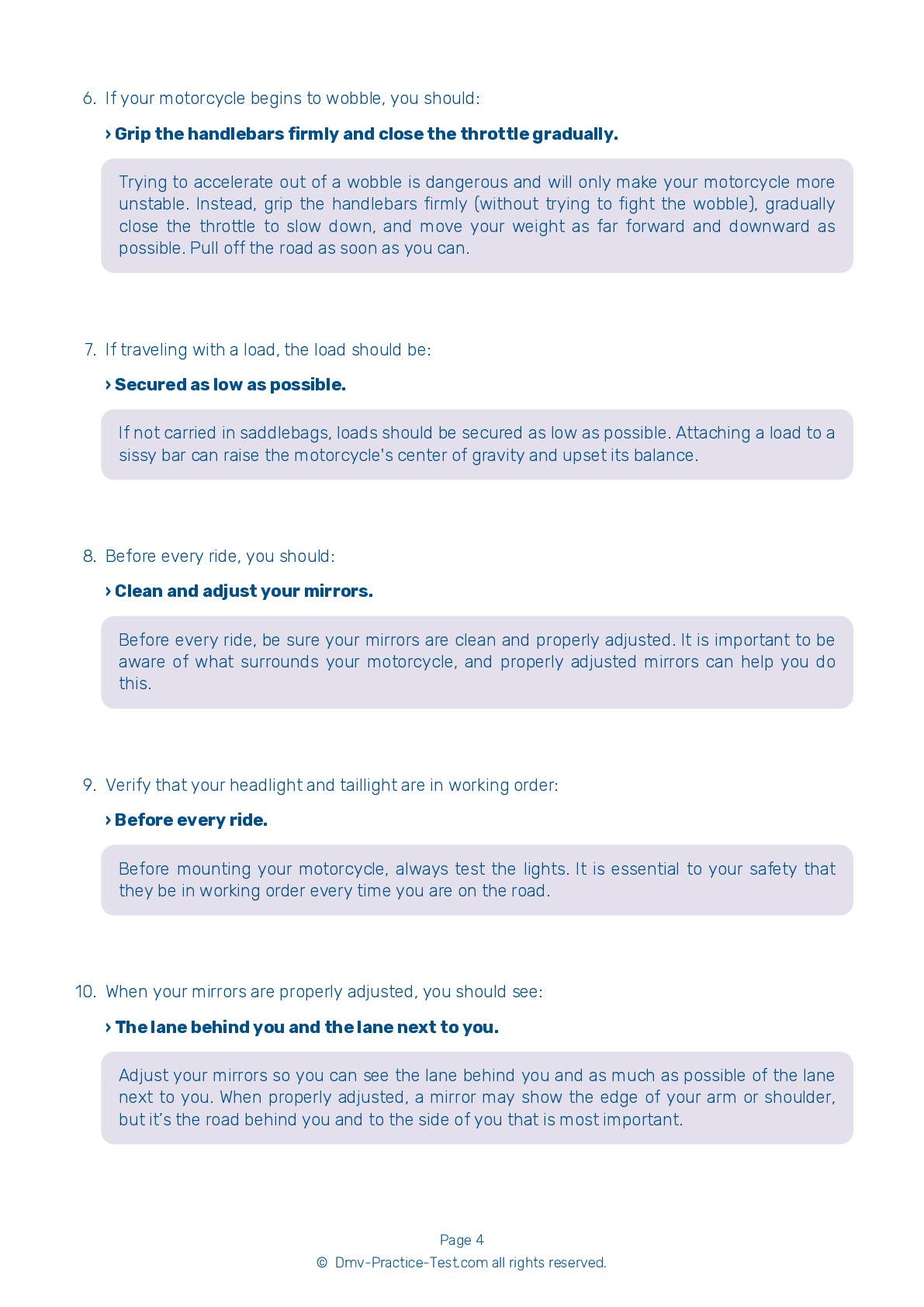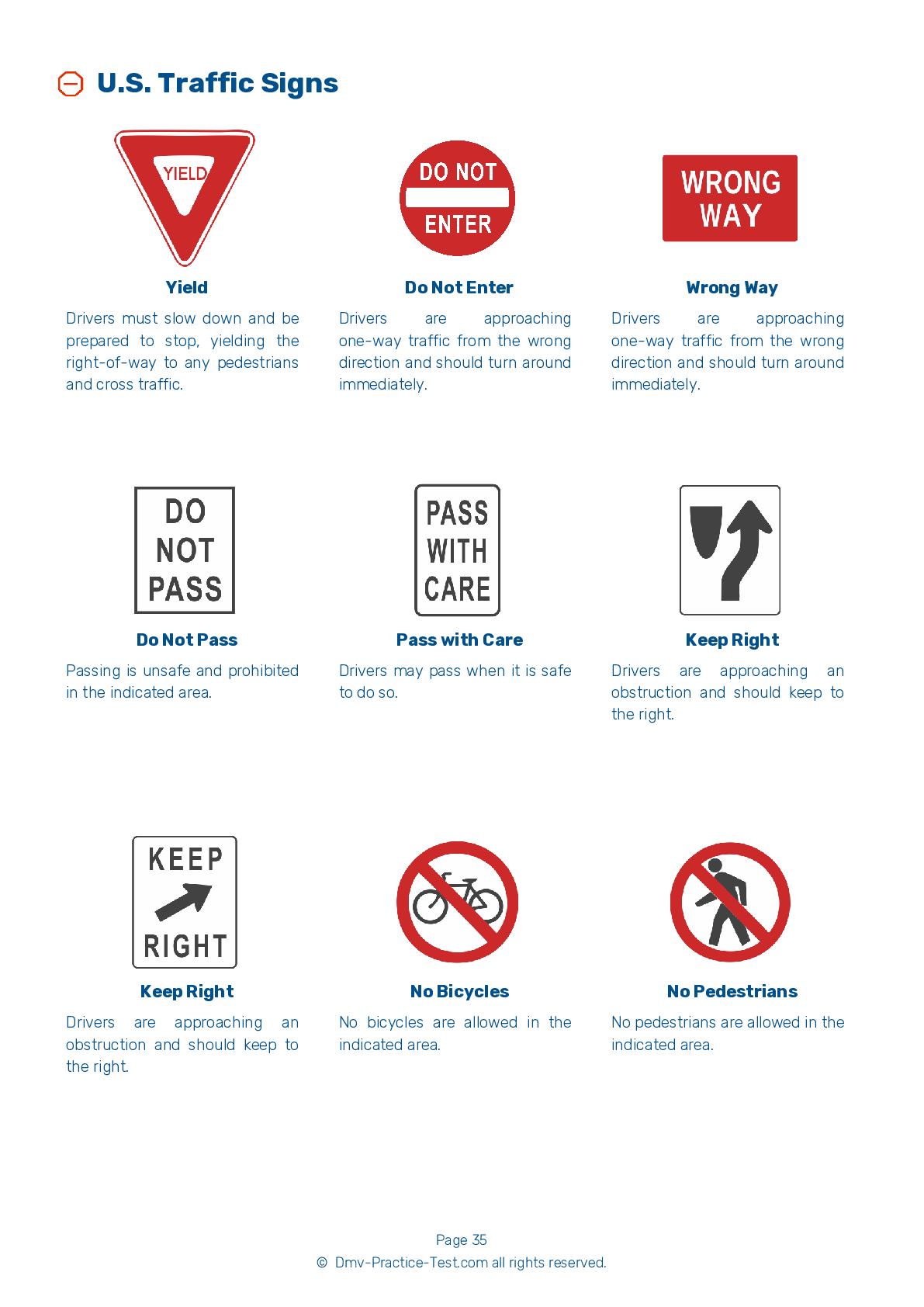Motorcycle Test | License OH 2025 | FREE Online Practice! #3
Take this FREE motorcycle test (license in OH 2025) to check your knowledge of the road rules. To improve your results, download a motorcycle handbook online, study theory, and practice for free on our website. Still worried about how to get a motorcycle license in Ohio in 2025? Check our website for more sample tests, train as much as possible, and boost your grades!
1 . Head checks should be done:
Frequent head checks should be a part of your normal scanning routine. Only by knowing what is happening all around you can you be prepared to deal with your surroundings.
2 . This road sign means:
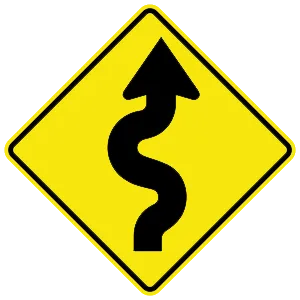
This sign indicates that the road ahead winds with a series of turns or curves.
3 . This sign means:
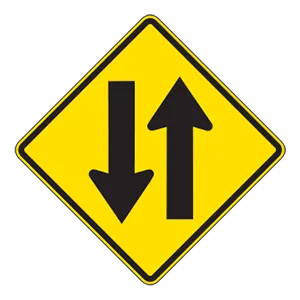
Warning signs prepare drivers for upcoming road conditions and hazards and are usually yellow with black markings. This sign tells drivers that they may encounter traffic coming from the opposite direction.
4 . How does the stopping distance for motorcycles compare to the stopping distance for cars?
Under normal conditions, the stopping distances for motorcycles is nearly the same as it is for cars. However, slippery pavement makes quick stops especially difficult for motorcycle operators.
5 . This road sign means:
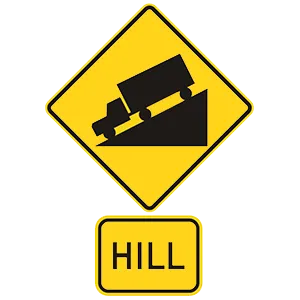
Warning signs are usually yellow with black markings. This sign indicates that there is a steep hill ahead. Slow down and be ready to shift to a lower gear to control your speed and protect your brakes from damage.
6 . If traveling with a load, the load should be:
If not carried in saddlebags, loads should be secured as low as possible. Attaching a load to a sissy bar can raise the motorcycle's center of gravity and upset its balance.
7 . The human body removes alcohol at a rate of:
On average, a person's body can remove the alcohol content of about one drink per hour. This rate can vary based on the individual. The safest option is to not ride after consuming any amount of alcohol.
8 . This sign means:
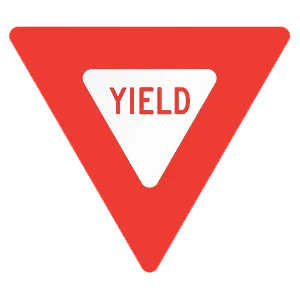
Decrease your speed as you approach an intersection with a yield sign. Prepare to stop and yield the right-of-way to vehicles and pedestrians in the intersection or crossroad. You must come to a full stop at a yield sign if traffic conditions require it.
See the exact questions that will be on the 2025 Ohio DMV exam.
99.2% of people who use the cheat sheet pass the FIRST TIME
Jeneen was tired of paying $5/gallon. She got herself a scooter that required the motorcycle license. She studyed the motorcycle test cheat sheet and passed her test the next day!
Christopher tells us how he knew nothing prior to obtaining the motorcycle study guide, and he only got one question wrong because he clicked on the wrong answer by mistake.

